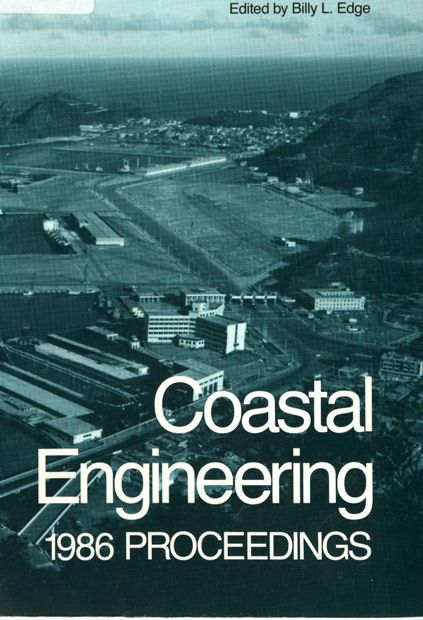Abstract
In order to investigate the mechanism by which turbidity currents cause sedimentation in closed-end channels such as pier slips or residential canals, a laboratory investigation using fine-grained sediments was carried out. Two similar flume systems were used, each consisting of a main channel carrying sediment-laden flow and an orthogonally placed closed-end channel with a gate at the entrance. Characteristics of the turbidity current and sediment deposition in the closed-end channel were investigated following gate opening. Behavioral similarities between turbidity current and non-settling gravity currents were observed. Several properties, e.g. suspension concentration, showed exponential-type decay with distance. The ratio of sediment settling velocity to the densimetric velocity was found to be a useful parameter for comparing different test results. A relationship for estimating the sediment influx through the entrance is presented.
Authors retain copyright and grant the Proceedings right of first publication with the work simultaneously licensed under a Creative Commons Attribution License that allows others to share the work with an acknowledgement of the work's authorship and initial publication in this Proceedings.

